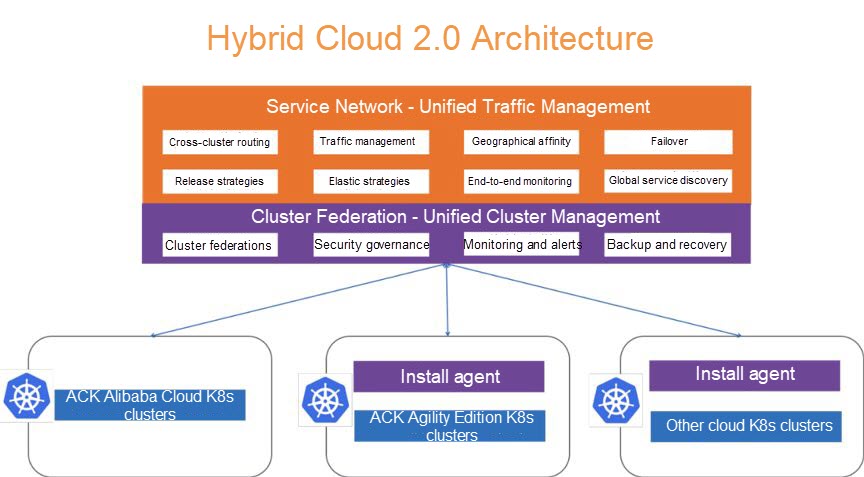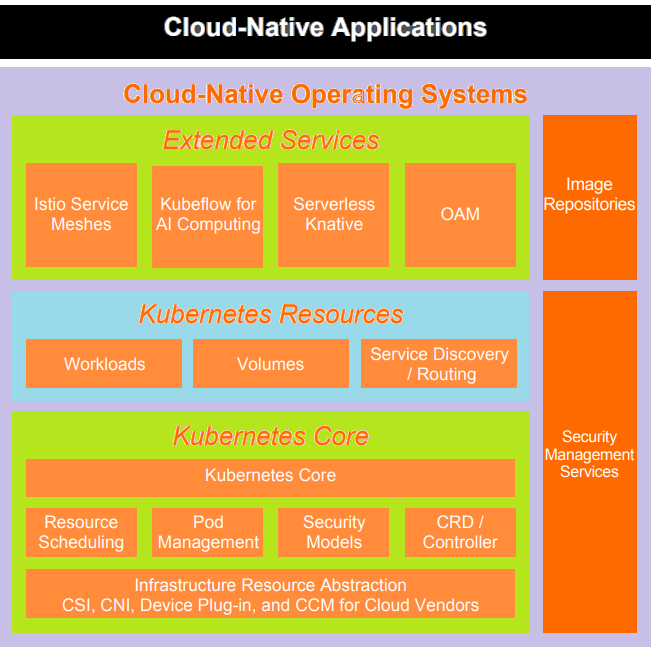By Raghav K.
Monolithic applications and application delivery models cannot withstand the rapid build cycles that current businesses require. Organizations are repeatedly hitting a wall when it comes to delivering value with solutions. Innovation in such scenarios takes a back seat unless the CIO creates new strategies for the cloud. Cloud-native is the future of application development and will help generate more accelerated build and deploy cycles with delivered efficiency.
Serverless computing and containers together are beginning to form a new trend with cloud computing. This integration can add a great deal towards reduced operations and maintenance (O&M) tasks and reduce the complexities associated with Kubernetes. When we talk about reduced O&M, the integration of serverless and containers can reduce security-based maintenance operations, enable a higher degree of fault diagnosis, and provide better observability to the organizations. Serverless containers can be the answer to a secure, scalable, and highly-available computing solution.
The next decade will give birth to more scenarios where different aspects of computing will be applicable. Technologies, such as IoT and AI, are going through the evolutionary cycle and are expected to mature over the next decade. The Open Container Initiative (OCI) provides a standard set of requirements for security and execution.
The Alibaba Cloud Container Service supports the KataContainer-based Alibaba Cloud Kangaroo container engine that can run workloads to ensure multi-tenant data isolation. This is an example of secure containers that offer increased security isolation. Containers that integrate software and hardware might emerge to provide confidential containers. A next-gen lightweight virtual machine called WebAssembly (WASM) holds great promise for application in the IoT, edge computing, and blockchain fields. This portable VM shows that a cross-platform container service can be implemented.
Gartner predicts, “By 2023, the leading cloud service providers will have a distributed ATM-like presence to serve a subset of their services.”
Migrating to the cloud is an essential part of Digital Transformation. Enterprises are rapidly making a further shift towards hybrid cloud or multi-cloud based on which architecture suits the level of data control and security they wish to implement. Multi-cloud also adds easier global expansion due to the regional presence of different cloud providers. For example, Alibaba Cloud is your universal gateway if you wish to set up your business in Mainland China.
Gartner also predicted, “More than 75% of large- and medium-sized enterprises will adopt a multi-cloud or hybrid cloud architecture by 2021.”
This prediction has been proven right (to an extent) since both multi-cloud and hybrid cloud architectures have been rapidly adopted by enterprises. Alibaba Cloud released its hybrid cloud 2.0 model last year, and it showcases extensive capabilities to manage hybrid clouds with Kubernetes.

Alibaba Cloud Container Service for Kubernetes (ACK) helps centrally-manage a Kubernetes cluster. It accounts for security practices, monitoring, management, backup, and recovery scenarios spanning multiple clusters. Alibaba Cloud ACK offers comprehensive monitoring capabilities for on-premises and cloud-based clusters.
When it comes to the security of a solution and maintaining the health of an architecture, you can use the security center and Application High Availability Service (AHAS). On the other hand, Alibaba Cloud Service Mesh (ASM) helps centrally-manage the entirety of services with a combination of multi-region and hybrid cloud networks using Alibaba Cloud Enterprise Network (CEN) and Smart Access Gateway (SAG).
Although there are significant differences between multiple cloud providers and the infrastructure capabilities, Kubernetes is a pure cloud-native solution that can overcome any differences between the infrastructures and work with hybrid cloud or multi-cloud architectures.
Kubernetes has evolved as a multi-cloud management solution for enterprises. It is a cloud-native technology that can support application lifecycle management.
There will be more focus on edge computing. Edge computing will become an important part of the formulation of enterprise cloud strategies. Edge computing lowers the network latency considerably and provides better network bandwidth for the applications to leverage.
Cloud-native offers effective transformation with data services. This accelerated transformation of data services enables a much flexible and robust solution since the computing and storage services are isolated. This is a prime example of the amalgamation of serverless computing and containers that provide a highly elastic solution for enterprises.
Cloud-native operating system abstracts the infrastructure resources just like traditional operating systems. Both of these utilize computing power, storage, network, and other necessary resources to provide a stable platform for other applications to execute. The simplest task of an operating system is delivering services securely and according to the application requirements.
Kubernetes is surfacing as the operating system for cloud-native. Previously, Kubernetes worked with stateless applications based on web frameworks, but the tech stack is evolving, and more stateful applications are being deployed using Kubernetes. These applications include DataWorks (like big data applications) and Machine Learning for AI.

Alibaba Cloud offers a unified technology stack with better resource utilization. Different computing workloads can be managed and scheduled in a centralized manner using Kubernetes.
Gartner said, “By 2023, 70% of AI tasks will run on containers and serverless architectures.”
When working with AI and machine learning, Kubernetes can provide lower latency rates to schedule workloads. This helps organizations extract better compatibility and capability to centrally-schedule multiple workloads. Kubernetes can be deployed in multiple scenarios, including cloud and edge computing nodes. It also provides extreme value to DevOps practices and is an important addition as a tool in its toolchain.
Alibaba Cloud has made technological upgrades to introduce and help enterprises leverage the benefits of cloud-native architecture. The solutions are simple, flexible, and highly-scalable. These solutions represent the highly-technological suitability and availability for the masses.
Benefits and Future Trends to Expect from Serverless Computing
How to Use PrivateLink to Connect Two VPCs in Different Accounts

2,597 posts | 773 followers
FollowAliware - July 27, 2020
Alibaba Developer - January 28, 2021
Alibaba Clouder - April 15, 2021
Alibaba Cloud Community - January 11, 2023
OpenAnolis - December 7, 2022
Alibaba Clouder - October 21, 2020

2,597 posts | 773 followers
Follow Link IoT Edge
Link IoT Edge
Link IoT Edge allows for the management of millions of edge nodes by extending the capabilities of the cloud, thus providing users with services at the nearest location.
Learn More Function Compute
Function Compute
Alibaba Cloud Function Compute is a fully-managed event-driven compute service. It allows you to focus on writing and uploading code without the need to manage infrastructure such as servers.
Learn More Elastic High Performance Computing Solution
Elastic High Performance Computing Solution
High Performance Computing (HPC) and AI technology helps scientific research institutions to perform viral gene sequencing, conduct new drug research and development, and shorten the research and development cycle.
Learn More Quick Starts
Quick Starts
Deploy custom Alibaba Cloud solutions for business-critical scenarios with Quick Start templates.
Learn MoreMore Posts by Alibaba Clouder
Start building with 50+ products and up to 12 months usage for Elastic Compute Service
Get Started for Free Get Started for Free